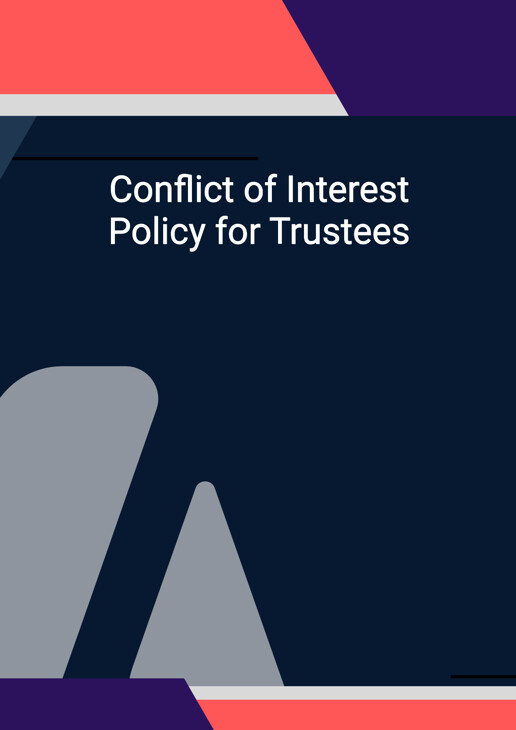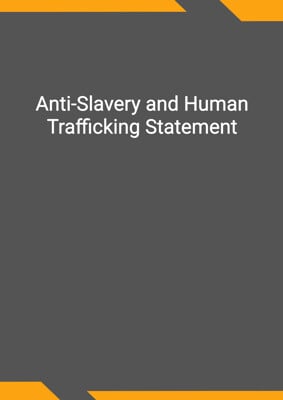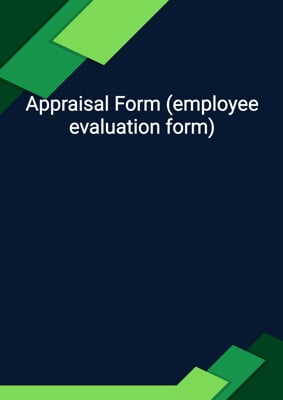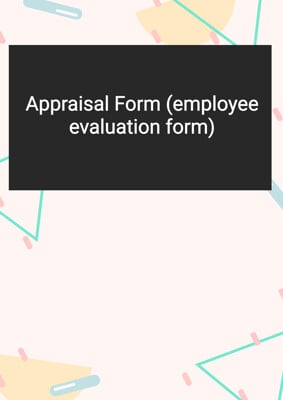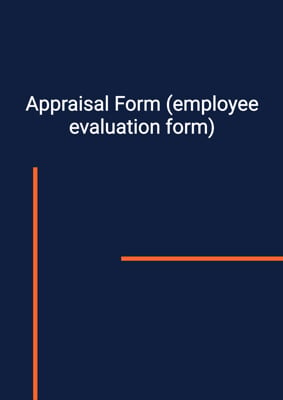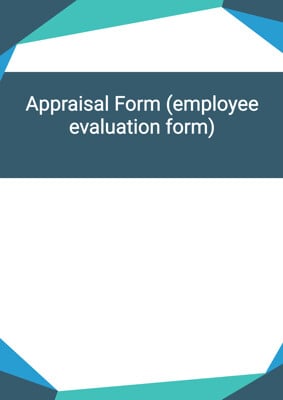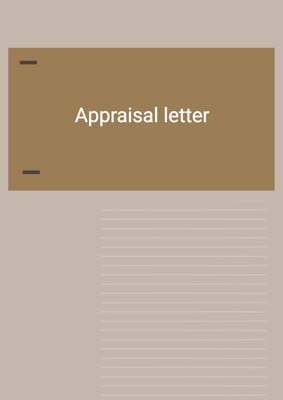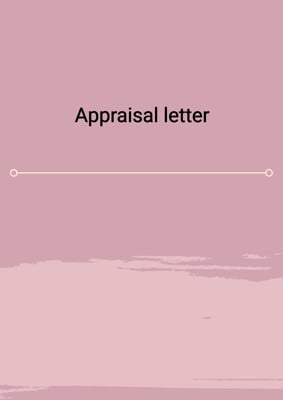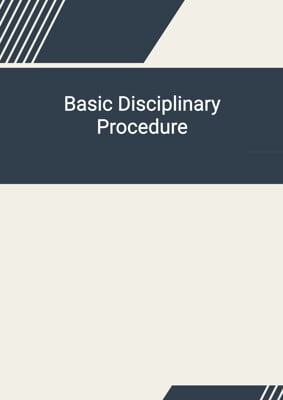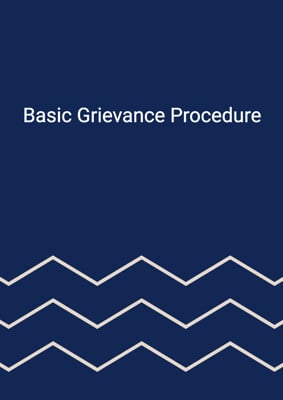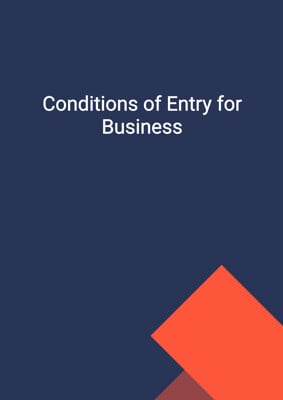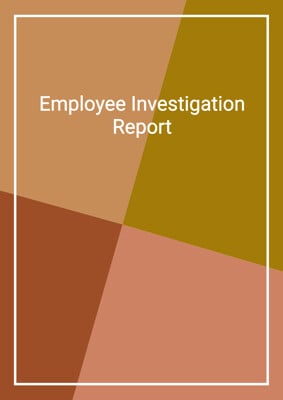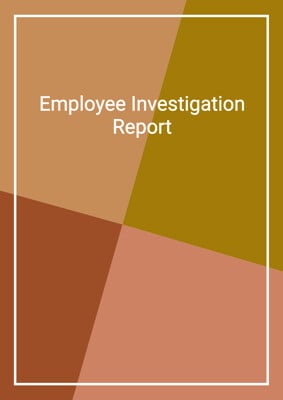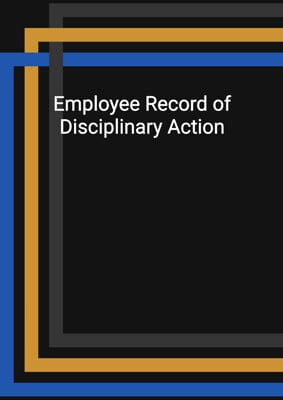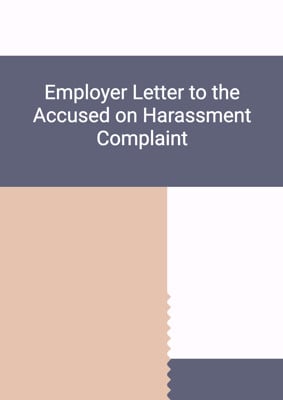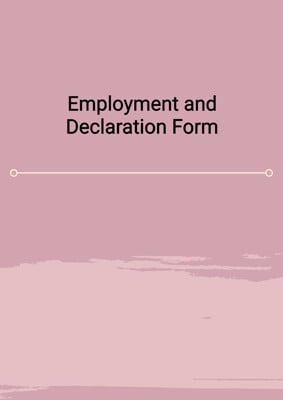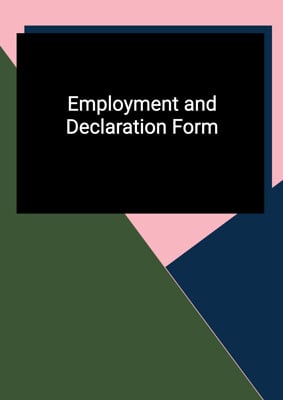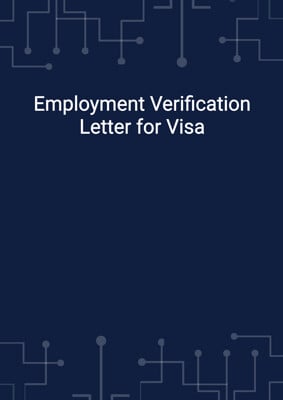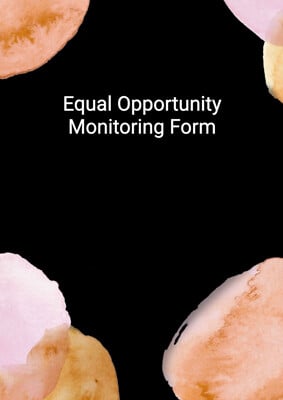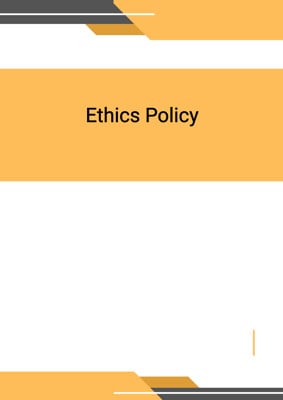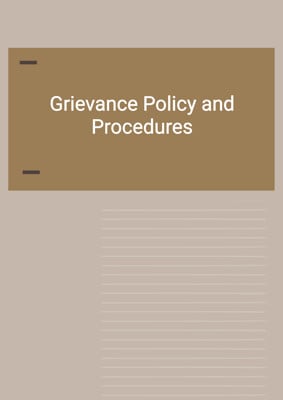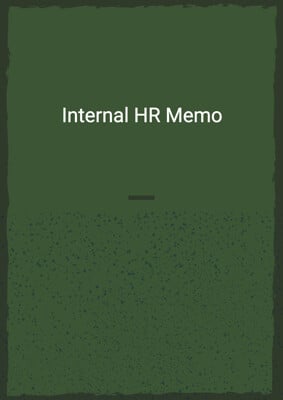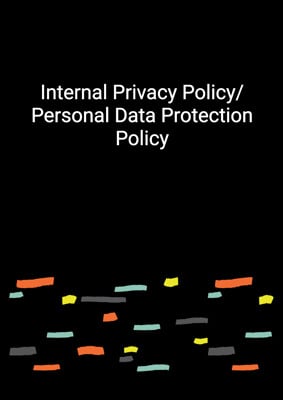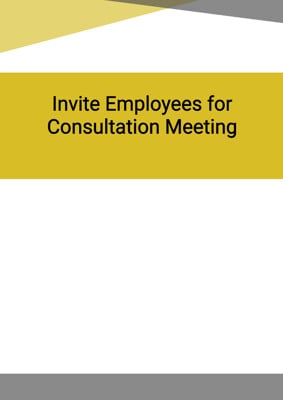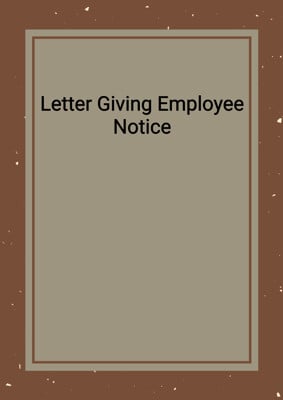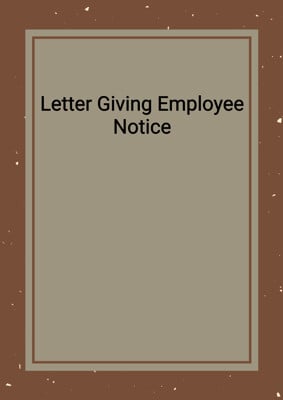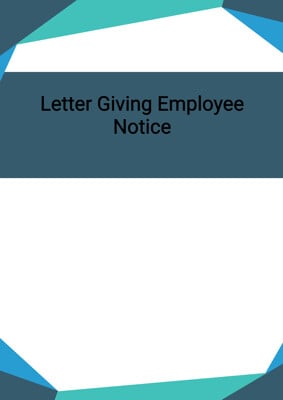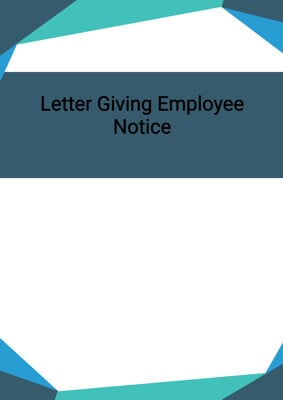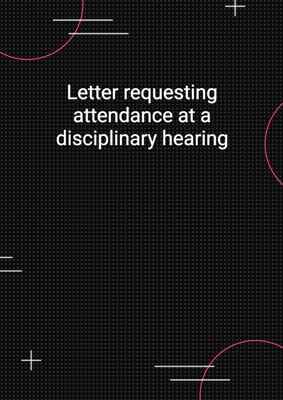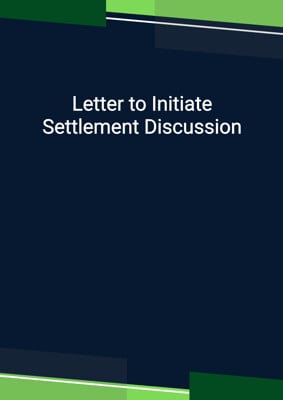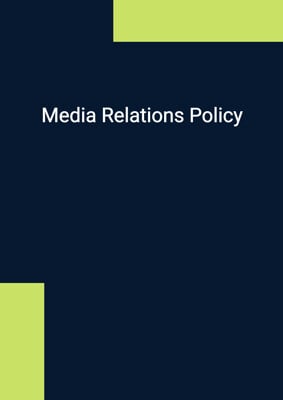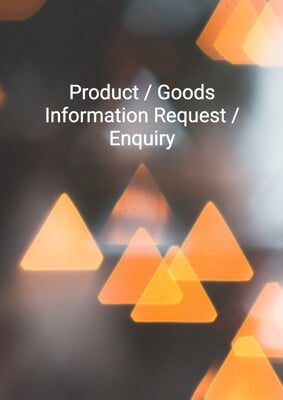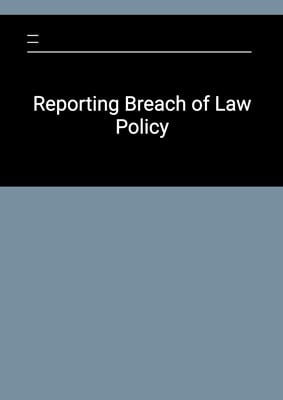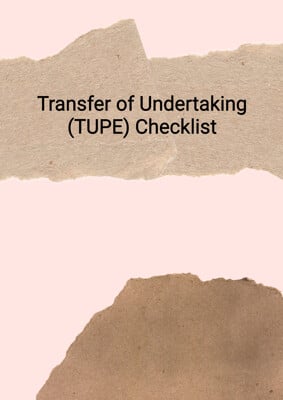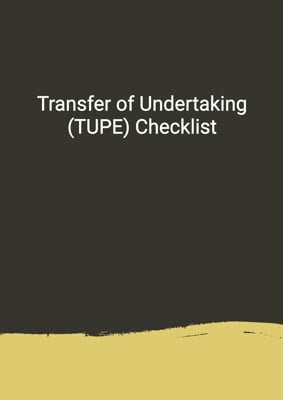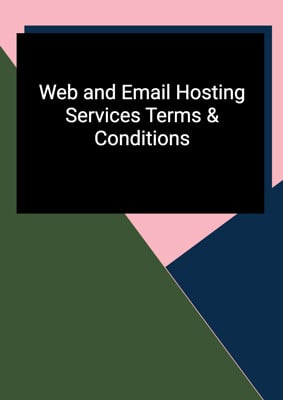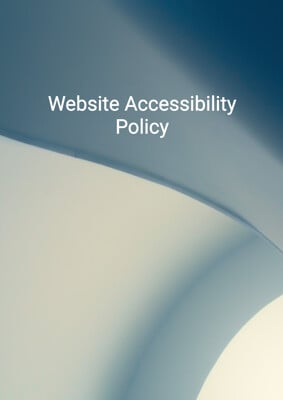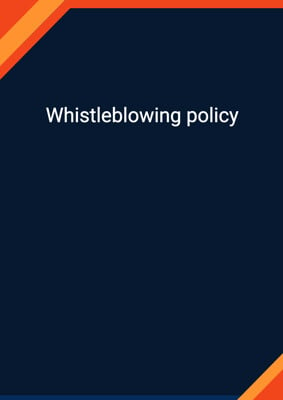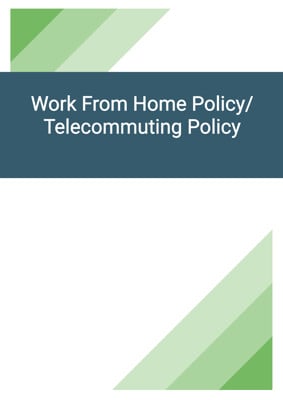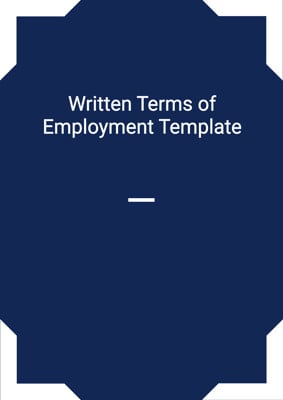How to Tailor the Document for Your Need?
01
Create Document
Click "Create Document" button and the document will be prepared with your account details automatically filled in.
02
Fill Information
Please fill in any additional information by following the step-by-step guide on the left hand side of the preview document and click the "Next" button.
03
Get Document
When you are done, click the "Get Document" button and you can download the document in Word or PDF format.
04
Review Document
Please review the document carefully and make any final modifications to ensure that the details are correct before publication / distribution.
Document Preview
Document Description
The 'Conflict of Interest Policy for Trustees' document is a crucial policy that outlines the procedures and guidelines for avoiding or managing conflicts of interest among trustees. The document emphasizes the importance of guarding against any actual or perceived conflicts of interest to ensure the best interests of the beneficiaries of the scheme. It applies to all trustees of the pension scheme and is in accordance with the guidelines issued by the pension's regulator.
The document begins with a comprehensive introduction that highlights the purpose and scope of the policy. It emphasizes the duties of trustees towards the beneficiaries of the trusts they administer and the need to manage conflicts of interest effectively. The policy aims to describe the circumstances that may give rise to conflicts of interest, the procedures for managing such conflicts, and the maintenance of a register of trustees' interests.
The identification of conflicts of interest is discussed in detail in the document. It provides examples of common situations that may result in conflicts of interest, such as personal or family interests conflicting with those of the scheme, working for the same organization, setting investment strategy, dealing with surplus allocation, favoring one beneficiary over another, and choosing different scheme advisers. The document emphasizes that these examples are not exhaustive and serves as a guide for trustees when making decisions related to the scheme.
The declaration of conflicts of interest is a crucial aspect of the policy. Trustees have an individual responsibility to declare any conflicts of interest that affect them and to notify any changes during the year. The document outlines the process of declaration, including the completion of a declaration of interest form upon appointment and the declaration at meetings where scheme-related matters are discussed. It also emphasizes the importance of maintaining a register of interests, which records the information provided by trustees and is available for inspection by any trustee.
Addressing conflicts of interest is another key aspect of the policy. The document outlines the steps to be taken once a conflict or potential conflict is disclosed. The conflicted trustee may submit the matter to the chair or vice-chair for consideration, and the non-conflicted trustees will identify the conflict and the material facts. The conflicted trustee must abstain from the discussion and vote on the matter, and decisions are made by vote with a simple majority required. The document emphasizes the recording and reporting of all decisions related to conflicts of interest in the meeting minutes.
The policy also addresses conflicts of interest involving advisers appointed by the trustees. It states that advisers have a professional responsibility to disclose any conflicts of interest that may arise.
Policy violations are taken seriously, and the document emphasizes that compliance with the policy is mandatory for all trustees. Breaches of the policy may result in disciplinary action depending on the severity of the breach.
For further information or guidance, individuals are encouraged to contact the specified policy contact.
The policy was last updated on the current date and will be reviewed annually or sooner if required.
How to use this document?
1. Familiarize yourself with the purpose and scope of the 'Conflict of Interest Policy for Trustees' document. Understand the importance of avoiding or managing conflicts of interest to protect the interests of the beneficiaries of the scheme.
2. Identify potential conflicts of interest by referring to the examples provided in the document. Consider situations where personal or family interests conflict with those of the scheme, working for the same organization, setting investment strategy, dealing with surplus allocation, favoring one beneficiary over another, or choosing different scheme advisers.
3. Declare any conflicts of interest that affect you as a trustee. Complete the declaration of interest form upon appointment and update it annually or when any changes occur. Declare any new potential conflicts of interest at the beginning of formal meetings where scheme-related matters are discussed.
4. Ensure that your declaration of interest is recorded on the register of interests, which is maintained by the specified position. Keep the information in the declaration form current and update it within 14 days of becoming aware of any conflict of interest.
5. If you have a conflict of interest, submit the matter to the chair or vice-chair for consideration. Absent yourself from the discussion and vote on the matter, and allow the non-conflicted trustees to identify the conflict and make decisions by vote.
6. Record and report all decisions related to conflicts of interest in the meeting minutes. Include the nature of the conflict, an outline of the discussion, and the actions taken to address the conflict.
7. Be cautious about providing information to trustees with conflicts of interest. Check the register of interests and take reasonable steps to ensure that no information is sent to a trustee who may have a conflict of interest.
8. Consider the conflicts of interest of advisers appointed by the trustees. Ensure that advisers disclose any conflicts of interest that may arise.
9. Comply with the policy and carefully read and understand its provisions. Report any breaches of the policy to the secretary to the trustees.
10. For further information or guidance, contact the specified policy contact. Remember that the policy is subject to review and may be updated annually or sooner if required.
Not the right document?
Don’t worry, we have thousands of documents for you to choose from:
